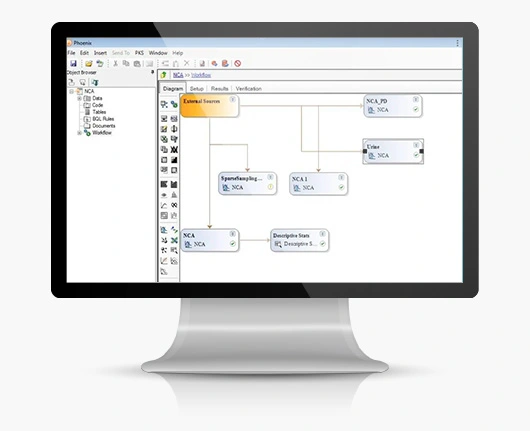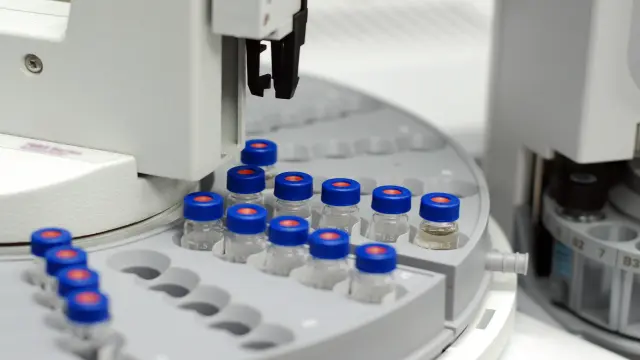Which PK PD Study Services do you offer?
PK PD Study Services by NorthEast BioLab
NorthEast BioLab provides pharmacokinetic/pharmacodynamic (PK PD) study services from early drug discovery through clinical eCTD FDA submission and beyond. We offer end-to-end PK PD analysis services: in vitro ADME studies, bioanalytical method development, validation, and analysis of formulation and biological samples for test articles and metabolites. Additionally, we conduct non-compartmental analysis for pharmacokinetics of small molecules, proteins, peptides, antibodies (mab), etc. during preclinical and clinical studies in healthy subjects, models of preclinical disease, or clinical patients. We can help you interpret exposure and efficacy results to help you gain a clear understanding of your drug’s PK PD relationship. We perform compound screening, optimization, and characterization during drug discovery to improve DMPK properties and refine your screening cascade to lead compounds. We provide bioanalysis and toxicokinetic or pharmacokinetic evaluations using GLP/GCLP validated equipment, software, and methods during preclinical and clinical development. Our scientists are happy to assist you with project and protocol design, study prosecution, and data interpretation guidance at all project stages. We offer detailed audited study reports for sample bioanalysis and pharmacokinetics or toxicokinetics for drug discovery, development, and eCTD submissions. Additionally, we can put together Pharmacokinetic Concentration (PC) and Pharmacokinetic Parameter (PP) domains for your results in CDISC SDTM or SEND format for compliance with requirements for electronic submissions to the FDA and other global regulatory agencies. We maintain the latest and fully validated software packages for your PK data management and calculations, including Certara Phoenix WinNonlin, Watson LIMS, Sciex Analyst, Spectramax, etc.






































